Raking leaves can be a task that most people forget to do. However, it is really important to take care of your lawn. Furthermore, several people have found a genius way to rake. Also, some people do not know what happens if they don’t rake the leaves. This task must be on the least priority of your to-do list, but it is really very important.
Leaves do provide nutrients to the plant, but only when they are disposed of properly. A thick layer of leaves can cause some harm to your lawn. Thus, you need to know all the possibilities that can happen if you don’t rake the leaves that have fallen on your lawn.
Below is some information to help you understand the importance of raking the leaves. Tune in to know everything.
Do Withered Leaves Harm Lawns if Left for a Longer Period?
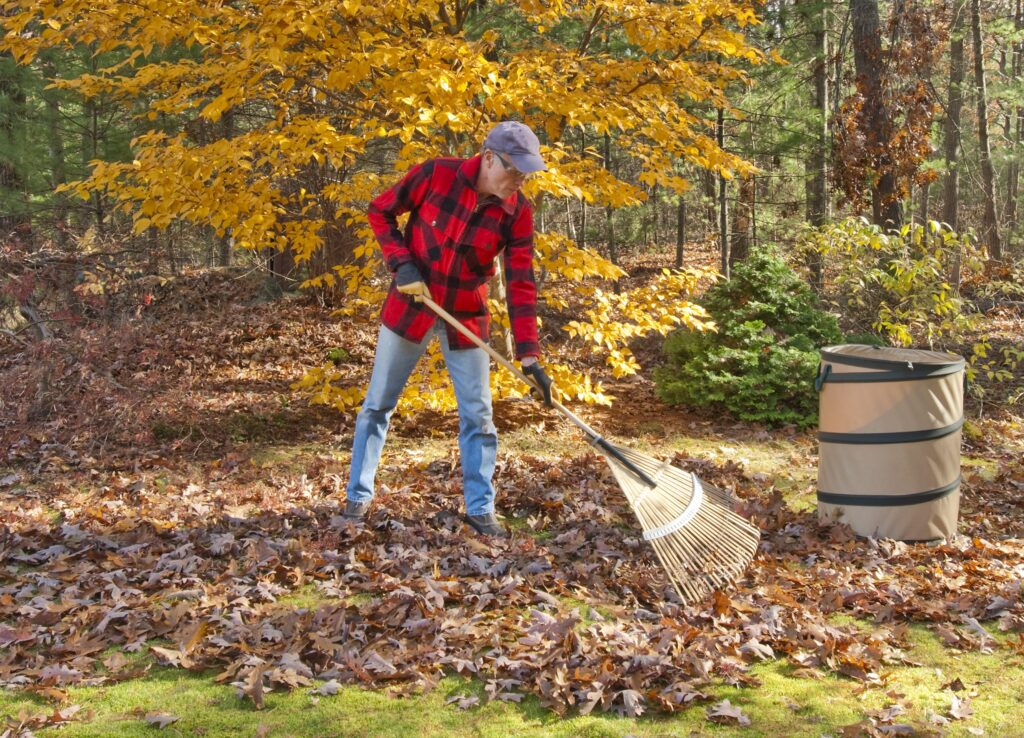
Leaves left withered on lawns for long periods can indeed harm the overall health and appearance of the grass. When leaves accumulate and cover the lawn, they block sunlight and air circulation, creating a damp environment. This can bother the grass, inhibiting its ability to photosynthesize and grow effectively. The moisture trapped by the leaves can promote fungal growth and create an ideal breeding ground for pests.
Over time, the grass below may turn yellow or brown, weaken, and eventually die off. Furthermore, the weight of the accumulated leaves can compress the grass, making it difficult for new growth to emerge. Thus, it’s essential to quickly remove fallen leaves to maintain a healthy and vibrant lawn.
Hazards of Not Raking the Leaves
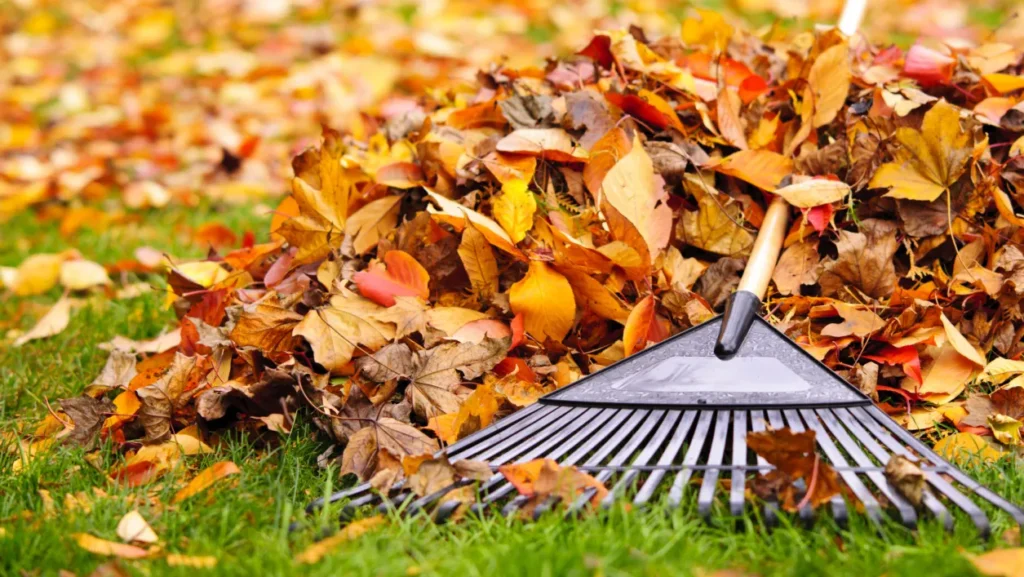
Leaving big piles of leaves without raking them can bring in some unexpected dangers. One big problem is that animals like voles and mice like to make homes in these comfy leaf piles. Also, these heaps of leaves can grow yucky things like snow mold, a kind of fungus that’s not good for your grass and plants. Not raking leaves can also make it risky for people walking around.
The leaves get really slippery, and you might slip and fall, which can hurt you. Plus, you might not see if there’s a hole or something sharp hidden under the leaves, which could cause accidents. That’s why it’s so important to clear away the leaves and keep your outdoor area safe and nice.
Importance of Raking the Leaves
- Raking leaves with innovative leaf raking techniques helps prevent the buildup of a thick layer on your lawn, ensuring your grass can breathe. A thick layer of leaves can smother the grass and block sunlight, hindering its growth. Raking allows the grass to breathe and receive necessary sunlight, air, and nutrients.
- Leaves can trap moisture, creating a damp environment that promotes mold and disease growth on your lawn. Raking removes the leaves and reduces the risk of fungal diseases that can harm your grass.
- Leaves on driveways, pathways, and sidewalks can be slippery and hazardous, especially when wet. Raking leaves enhances safety by preventing accidents caused by slipping and falling. It also keeps pathways clear and accessible.
- Well-maintained lawns contribute to the overall aesthetics of a neighborhood. Raking leaves keep your property looking tidy and appealing, enhancing the curb appeal of your home and positively impacting your community.
- Piles of leaves can create ideal hiding places for pests like rodents, insects, and other critters. Raking and removing leaves reduce the potential for these pests to nest and multiply in your yard.
- Raked leaves can be used for composting or turned into mulch. Composting enriches the soil, providing valuable nutrients for plants. Mulch helps retain moisture, suppress weeds, and regulate soil temperature.
- Raking leaves clears the way for gardening activities. It helps identify areas needing additional soil, leveling, or other preparations for future planting seasons.
- Leaves can clog gutters and storm drains, leading to water accumulation and potential flooding. Raking leaves helps maintain proper drainage and prevents water-related damage to your property.
- Regularly raking leaves is a responsible approach to yard care. It shows that you take pride in maintaining your outdoor space and being a good neighbor by keeping your property clean and well-kept.
What is an Alternative to Raking the Leaves?
If you’re looking for an alternative to raking leaves from your lawn, mulching could be a great option. Instead of raking and removing the leaves, use a lawnmower with a mulching attachment to chop the leaves into smaller pieces. These chopped leaves can act as a natural fertilizer, returning valuable nutrients to the soil as they break down. Mulching also helps improve soil structure and moisture retention.
Another alternative is composting the leaves. Collect the leaves in a compost bin, mix them with other organic materials, and let them decompose over time. The resulting compost can be used to enrich your garden soil. Both mulching and composting are eco-friendly alternatives that benefit your lawn and reduce waste.
Conclusion
Now you know what will happen if you don’t rake your leaves. However, you should include cleaning your garden or lawn daily. Clean surrounding brings a sense of prosperity and positivity. Collected leaves also help snakes and other dangerous creatures to hide behind. Also, leaves are a good source of compost, and they can help increase the fertility of the soil when disposed of properly.
But if you burn them or leave them as it is, then it can cause severe consequences to your ground. Protect your lawn from unwanted hazards, so always rack the leaves.

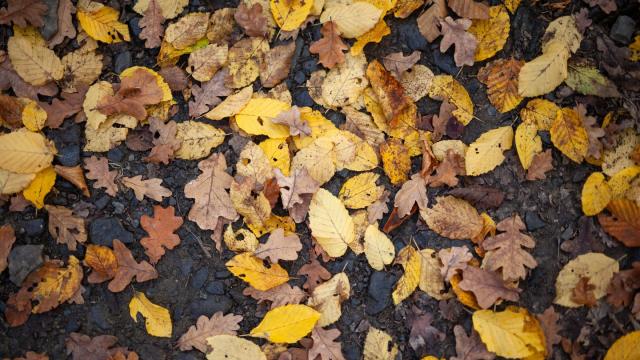
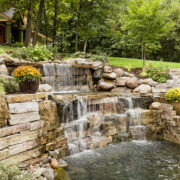
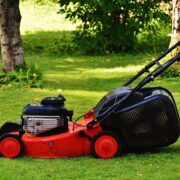
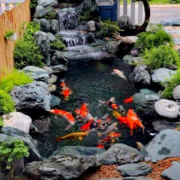
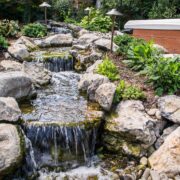
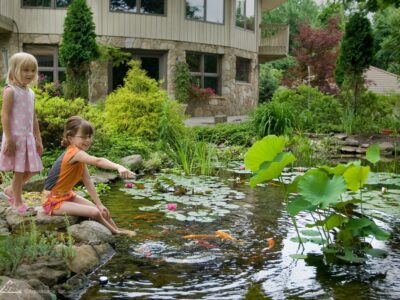
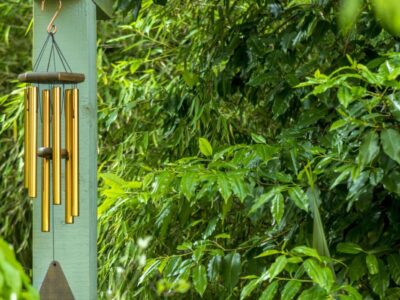
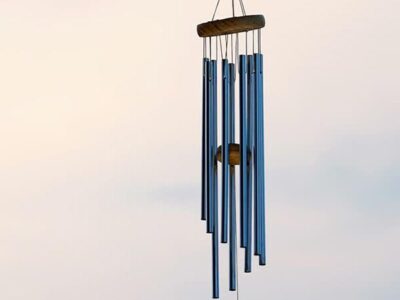

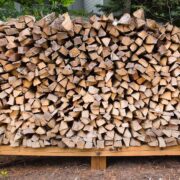
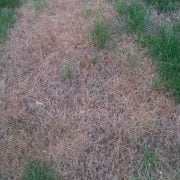
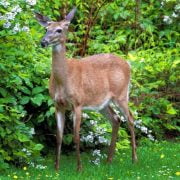
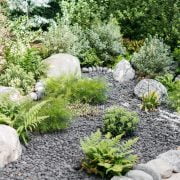
Comments